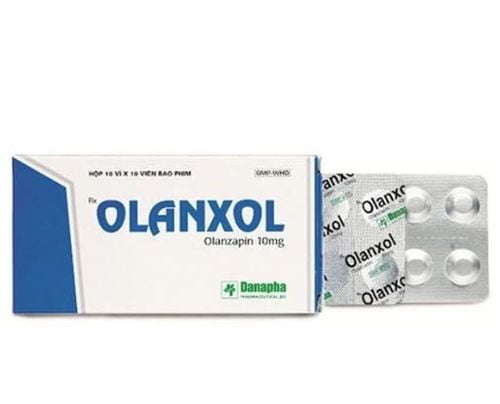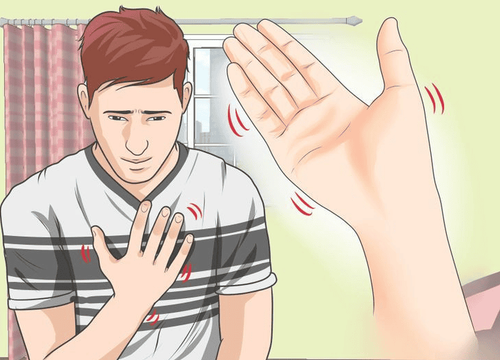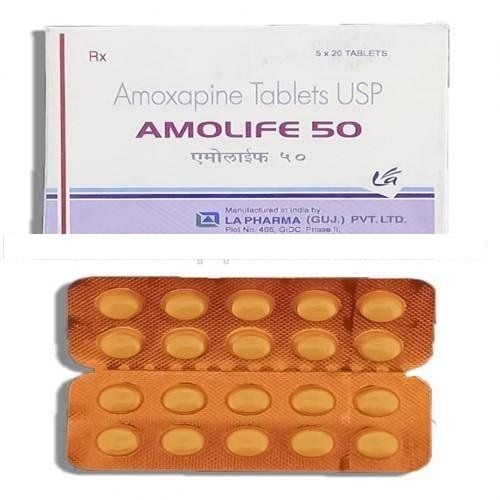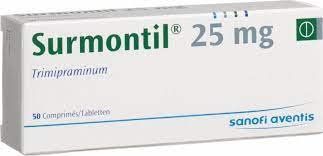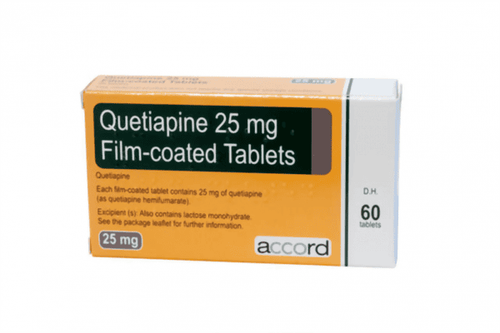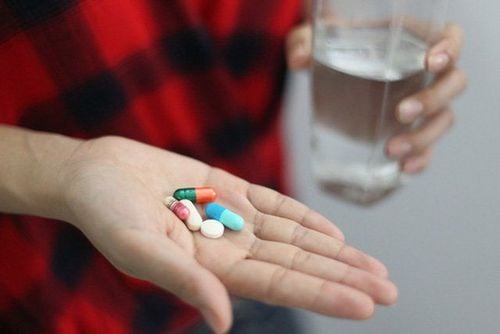This is an automatically translated article.
Onegpazin is used to treat schizophrenia and other psychotic disorders. To ensure safety during drug use, patients should know the effects, usage and notes before taking Onegpazin.
1. What is Onegpazin?
Olanzapine is used in the treatment of schizophrenia as well as other psychotic disorders with pronounced symptoms (e.g., paranoia, hallucinations, thought disorders, suspicion, hostility). ..) or hidden symptoms (e.g. emotional flatness, apathy, limited verbal communication, withdrawal...).In summary, Olanzapine is used for the following cases:
Schizophrenia (paranoid, thought disorder, hallucination...); Acute bouts of bipolar disorder ; Secondary emotional symptoms often accompany schizophrenia and other similar disorders.
2. Instructions on how to take Onegpazin
2.1. Olanzapine should be taken once a day as directed by your doctor, with or without food, but at the same time each day. Olanzapine usually reaches peak plasma concentrations within 5-8 hours. The tablet should be swallowed whole with 1 cup of cooled boiled water.
2.2. Dosage Dosage Olanzapine should be followed as directed by your doctor. Depending on the clinical situation, the dose is usually in the range of 5-20mg/day (1⁄2-2 tablets/day).
2.2.1. Dosage for adults Treatment of schizophrenia: The recommended starting dose is 5-10mg/day. Then increase by about 5mg/day over 5-7 days until the target dose of 10mg/day is reached. In the later stages, the doctor may consider adjusting the dose by 5mg/day, spaced no less than 1 week to a maximum dose of 20mg/day. Maintenance dose from 10 - 20 mg x 1 time / day; Treatment of mania: Single-dose Onegpazin treatment: Initially 10-15mg/day x 1 time/day. Your doctor may adjust your dose by 5mg/day, spaced no less than 24 hours apart. Maintenance dose from 5-20mg/day. The maximum recommended dose is 20mg/day; Combination therapy with other drugs: Initially 10-15mg/day x 1 time/day. Dosage ranges from 5-20mg/day. Prevention of recurrence of bipolar disorder: 5-20 mg/day. If a patient is being treated for manic episodes with Olanzapine, the physician may continue to administer the same dose to prevent recurrence of bipolar disorder. If manic, mixed, or additional depressive episodes occur, the physician may recommend that the patient continue treatment with Olanzapine but will adjust the dose accordingly and incorporate emotional support. For adults older than 65 years, patients with hepatitis and/or renal failure: The starting dose should be 5 mg/day.
2.2.2. Dosage for children
Currently, the safety and effectiveness of Onegpazin for children under 13 years of age have not been determined, so the drug should not be used in this group of people.
For children from 13 - 17 years old, the recommended dose of Onegpazin is as follows:
Treatment of schizophrenia: Use a starting dose of 2.5 - 5mg/day, taken once. Target dose 10mg/day. The doctor can increase or decrease the dose of 2.5 or 5mg depending on the patient's condition. Maximum dose 20mg/day; Bipolar treatment: Use a starting dose of 2.5-5mg/day, taken once. Target dose 10mg/day. Your doctor may increase or decrease the dose of 2.5mg or 5mg. Maximum dose 20mg/day. Note: When using Olanzapine, it is necessary to be cautious and closely supervised by a specialist because research shows that this age group often has many unwanted reactions (including: weight gain, changes in metabolic parameters. and increased prolactin levels.
3. Onegpazin side effects
In some cases, Onegpazin can cause some side effects as follows:
Common side effects: Drowsiness, weight gain; Uncommon side effects: Dizziness, peripheral edema, dry mouth, increased appetite, orthostatic hypotension, asymptomatic eosinophilia, transient elevation of liver enzymes (ALT, AST)... ; Rare side effects: photosensitivity, rash, hepatitis, increased blood prolactin levels, increased creatinine phosphokinase levels, neuroleptic malignant syndrome, leukopenia, thrombocytopenia... If In excess of the prescribed dose, users of Onegpazin may experience reactions such as drowsiness, mydriasis, dizziness, blurred vision, slurred speech, hypotension, respiratory depression and possible extrapyramidal disorders. . Inform your doctor about any unwanted side effects you experience while taking this medicine.
4. Note when using Onegpazin
Onegpazin is contraindicated in the following cases:
People who are sensitive or allergic to any of its ingredients (especially Olanzapine); Risk of narrow angle glaucoma; Pregnant & lactating women. Onegpazin should be used with caution in the following subjects:
Patients with prostate enlargement; Patients with intestinal obstruction, paralytic ileus; Increased liver enzymes, with symptoms of liver failure; People who are taking drugs with liver toxicity; Eosinophilia, bone marrow proliferative disease, marrow failure; Have a history of epilepsy or have factors that lower the seizure threshold; Patients with orthostatic hypotension (usually elderly); People who often have to drive, operate machinery, need high concentration... Other notes:
Be careful when combining Onegpazin with drugs that have effects on the central nervous system, alcohol, drugs that increase blood pressure. QT; Discontinue Olanzapine in the presence of neuroleptic malignant syndrome or unexplained high fever.
5. Onegpazin drug interactions
Concomitant use of Onegpazin with some other drugs may cause drug interactions, for example:
Concomitant use of activated charcoal (1g) may reduce the oral bioavailability of Olanzapine by 50 – 60%; Single doses of antacids (Magnesium, Aluminum), Cimetidine (800mg) did not affect the oral bioavailability of Olanzapine; Carbamazepine (200mg) can increase the clearance of Olanzapine by about 50%; Single doses of Ethanol (45mg/70kg) and Warfarin (20mg) did not affect the pharmacokinetics of Olanzapine; Fluoxetine may slightly increase the maximum concentration and slightly decrease the clearance of Olanzapine; Fluvoxamine (CYP1A2 inhibitor) may decrease the clearance of Olanzapine; In addition, Olanzapine did not affect the pharmacokinetics of Imipramine, Desipramine, Warfarin, Diazepam, N-desmethylDiazepam, Biperiden, Theophylline and its metabolites.
Hopefully, the above sharing will help patients better understand Onegpazin and how to use it. If you have any other questions, you can contact the prescribing doctor directly for answers.




